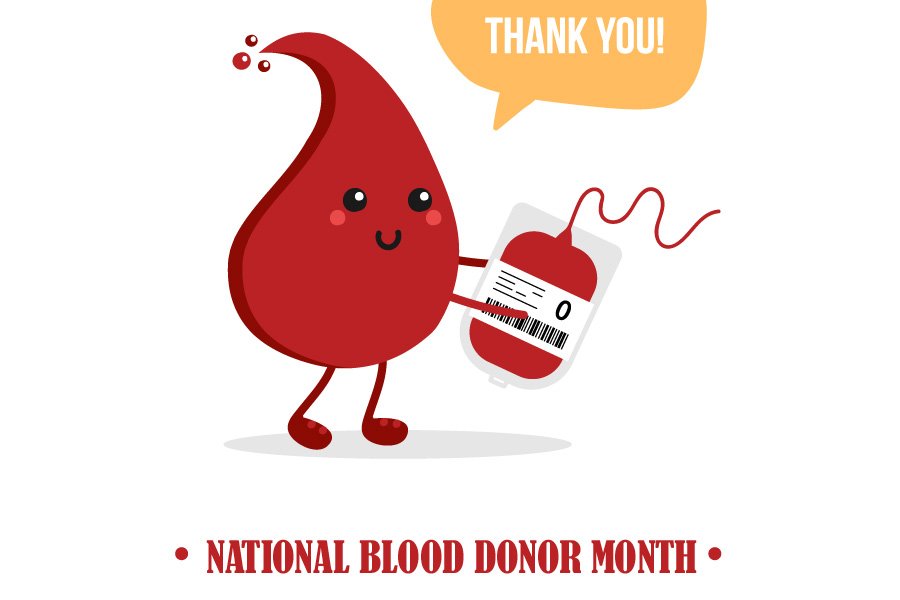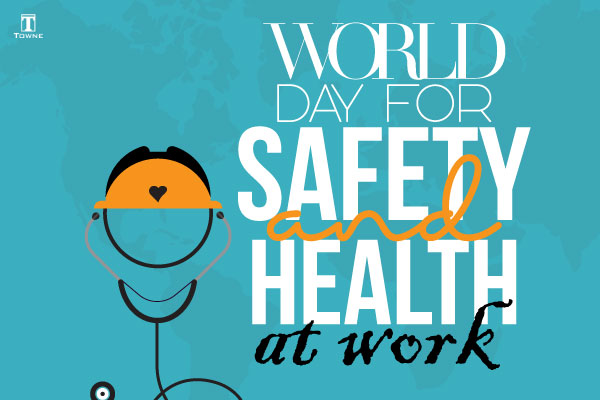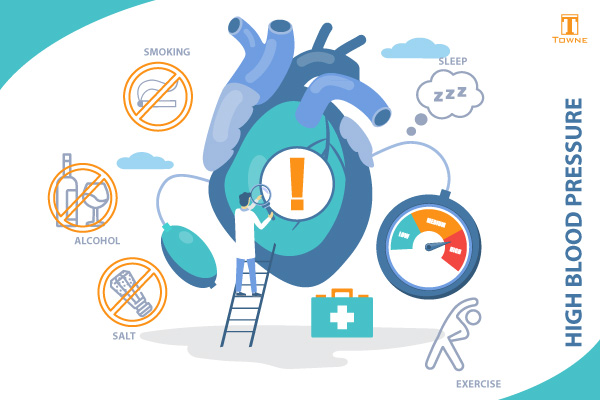Did you know that every two seconds, a person in the United States requires a blood transfusion, and that only 10% of people who can donate blood actually do?
The reason for this discrepancy is actually pretty simple – there’s just not enough awareness of blood donation. When asked why they don’t donate, most people say they simply haven’t thought about it.
As a healthcare professional, you know how important blood can be. A single car accident victim may need as much as 100 pints of blood. However, most blood transfusions aren’t a result of a trauma. Cancer patients, people undergoing surgery (such as orthopedic, organ transplant and cardiovascular) and people suffering from blood disorders all need transfusions on a regular basis.
The most in-demand blood type is, of course, Type O negative, since it can be donated to any patient. Type AB positive donors are in high demand for platelet donation, since only 3% of the population is AB and they can universally donate.
Blood donation is almost painless and it’s pretty quick – usually about 10-12 minutes. A donation helps the blood banks stay full for everyday use and have reserves when a major disaster occurs.
January was selected as National Blood Donor Month because holiday travel, bad weather, school vacations and increased illnesses naturally lower the numbers of donors, but the need for blood stays the same. If you are able to, January is a great time to make your donation.
Want to give blood? You are generally eligible if you are:
- Over 17 years old
- At least 110 pounds
- Not pregnant
- Not sick (even with a common cold)
- Not taking antidepressants, hormonal birth control and pain relievers like aspirin
You can donate blood by making an appointment at a local chapter of the Red Cross through their website or by joining a local blood drive.







